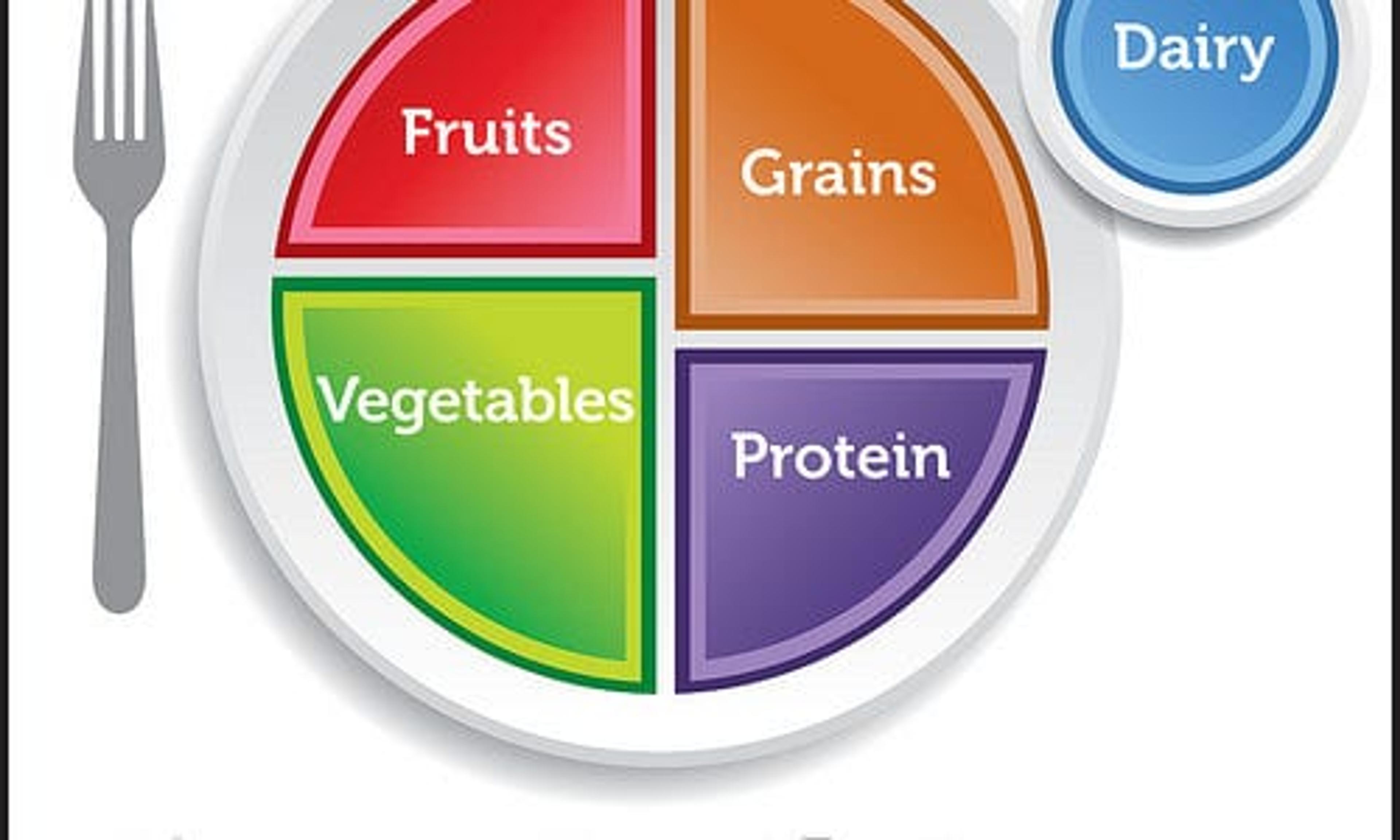Learn How to ‘Get Your Plate in Shape’ With These Nutrition Tips and Video
Registered Dietician
| 2 min read

March and National Nutrition Month are coming to a close, but that doesn’t mean you should stop with your efforts to get your plate in shape. When eating, remember to keep your portions controlled, try a variety of foods from the salty, bitter, sweet and sour flavor profiles, in a variety of different colors of fruits and vegetables.
Variety, balance and portion control are key in getting your plate in shape. Remember to include these food groups:
- Grains and starches, where at least half of your grains should be whole grains
- Vegetables
- Fruits
- Dairy
- Protein
- Water
Within all of these food groups, you will find the macronutrients or the three main nutrients of food: carbohydrates, protein and fat. You will also find the micronutrients of food, which includes vitamins, minerals, and water.
By making a conscience effort to include a variety of food groups at each meal and/or snack, you will be able to keep your body satisfied with good nutrition.
Did You Know?
Here’s a couple fun facts for you:
- It takes 20 minutes for your stomach to tell your brain you’re full, so slow down
- Carbohydrates have 4 calories per gram
- Protein has 4 calories per gram
- Fats have 9 calories per gram
- Carbohydrates digest the most quickly, so choosing foods high in fiber, or mixing carb foods with fat or protein, will help slow down the digestion process and will keep you full longer
Check out this video with me and a couple of my registered dietitian friends. It is about Getting Your Plate in Shape with all food groups for better health.
How do you keep your plate — and hence your body — in shape? What things will you try to improve on?
Photo Credit: USDAgov





